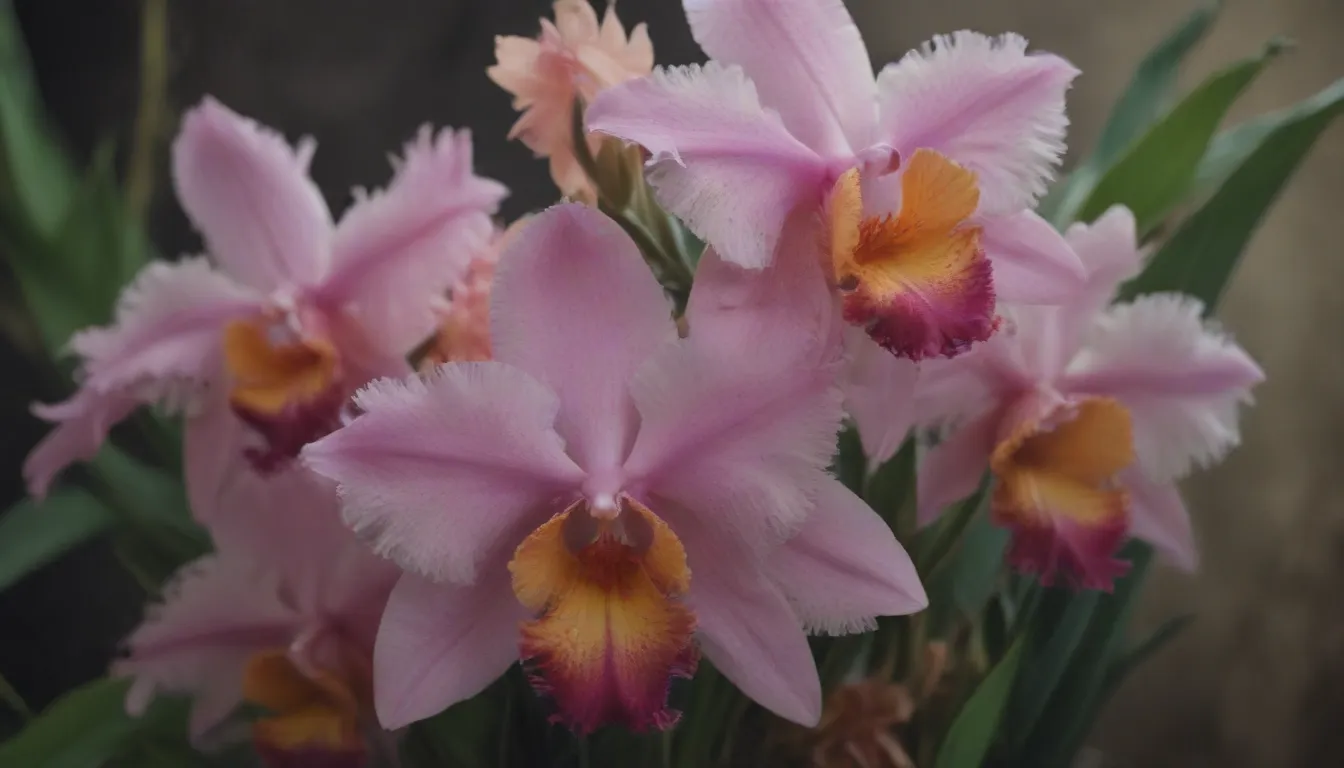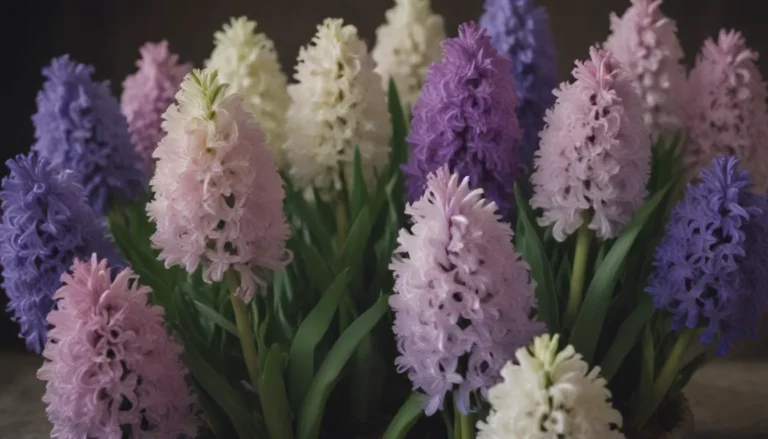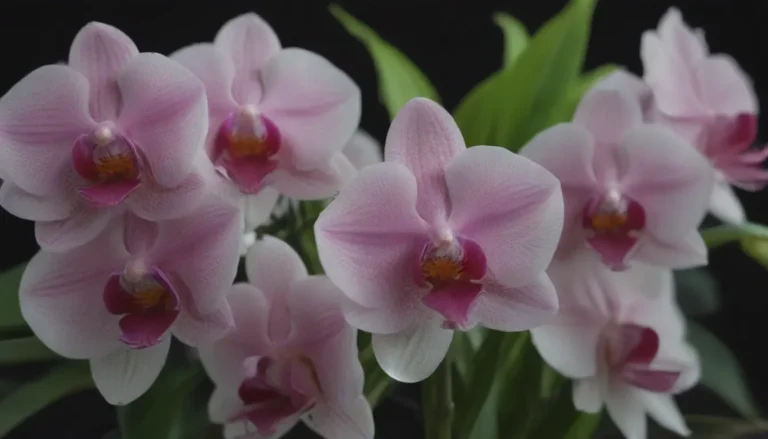Unlocking the Secrets of Cattleya Orchids: A Comprehensive Guide to Growing and Caring for These Stunning Flowers

If you’re a fan of exotic and beautiful flowers, chances are you’ve come across the captivating beauty of cattleya orchids. Also known as corsage orchids or the queen of orchids, cattleyas are known for their stunning, fragrant flowers that come in a wide array of shapes, colors, and combinations.
In this comprehensive guide, we will delve into the world of cattleya orchids and discover how to care for these enchanting plants to ensure they thrive and bloom to their full potential. Whether you’re a seasoned orchid enthusiast or a beginner looking to try your hand at growing these beauties, this article will provide you with valuable information and tips to help you on your journey.
Cattleya Orchid Care 101
Cattleya orchids may seem like delicate flowers, but they are actually quite resilient and adaptable. With the right care and environment, these orchids can thrive and reward you with their exquisite blooms. Here are the main care requirements for growing a cattleya orchid:
Light
- These orchids thrive in bright indirect light.
- Place them near an east- or west-facing window that receives ample sunlight.
- Protect them from harsh midday sun with a sheer curtain.
- Outdoor sunlight in the morning is beneficial, but shield them from strong afternoon sun to prevent foliage damage.
Soil
- Cattleya orchids do well in a commercial orchid mix containing materials like bark and perlite.
- Consider slab-mounting for outdoor growth by attaching the orchid to a tree host.
- Wrap the roots in moss, wire the plant onto a shelf, and attach it to a branch or tree trunk.
Water
- Water your cattleya orchid when the growing medium is slightly dry, usually once a week.
- Avoid letting the plant sit in wet soil to prevent root rot.
- Water deeply to ensure the moisture reaches the roots and drains out of the container.
Temperature and Humidity
- Maintain daytime temperatures between 70-85°F and nighttime temperatures between 55-60°F.
- Provide good air circulation and high humidity, around 40-70%.
- Consider using a tray of water-filled pebbles or a humidifier to increase humidity around the plant.
Fertilizer
- Use a balanced orchid fertilizer at quarter strength weekly during watering.
- Avoid over-fertilizing, as it can lead to excessive foliage growth and root damage.
Types of Cattleya Orchids
Within the Cattleya genus, there are numerous species and hybrids that showcase a variety of appearances and bloom times. Some popular varieties include:
– C. labiata
– C. iricolor
– C. mossiae
– C. percivaliana
– C. schroederae
Propagating Cattleya Orchids
While growing cattleya orchids from seeds can be a lengthy process, propagating them through division is a simple and effective method. Here’s how you can propagate your cattleya orchids:
– Take cuttings from the mother plant with at least three or four roots.
– Allow the cutting to callous over before potting it in an orchid mix.
– Maintain higher humidity and reduce watering to help the new cutting establish itself.
Potting and Repotting
Cattleya orchids prefer not to have their roots disturbed, so repot only when necessary. When it’s time to repot, follow these steps:
– Choose a slightly larger container with good drainage.
– Loosen the roots from the old pot and remove decomposed growing medium.
– Repot the orchid at the same depth and pack fresh potting mix around the roots.
Common Pests
Cattleya orchids are susceptible to common houseplant pests, such as scale, thrips, spider mites, and mealybugs. Keep an eye out for these pests and take action to eliminate them to protect your orchids.
How to Get Cattleya Orchids to Bloom
Encouraging your cattleya orchids to bloom is a rewarding experience. Follow these tips to ensure your plants produce vibrant flowers:
– Provide sufficient lighting for your orchids.
– Consider using a grow light to supplement natural light.
– Proper lighting is key to ensuring your cattleya orchids bloom beautifully.
Common Problems With Cattleya Orchids
Despite their resilience, cattleya orchids can encounter issues that affect their health and growth. Keep an eye out for the following problems and take appropriate measures to address them:
– Wrinkled pseudobulb: Indicates dehydration; address with proper watering and pest control.
– Discolored pseudobulb: May signal root rot; trim affected areas and treat with hydrogen peroxide.
– Brown spots on leaves: Remove infected leaves to prevent bacterial spread.
– Dead leaf tips: Could be a sign of anthracnose; remove damaged areas to prevent further damage.
– Yellow spots on leaves: Indicates pest infestation; use appropriate measures to eliminate pests.
In conclusion, cattleya orchids are stunning flowers that can thrive with the right care and attention. By following the guidelines outlined in this article, you can enjoy the beauty of cattleya orchids in your own home or garden. Remember that each orchid is unique, so it’s essential to observe your plants closely and adjust your care routine as needed. With patience and dedication, you can cultivate healthy, blooming cattleya orchids that will brighten your space and bring joy to your life. Happy growing!





